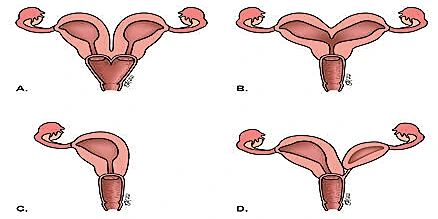Bladder Anomalies at Urology Clinic DRHC Dubai
Bladder anomalies refer to structural abnormalities in the bladder that can occur during fetal development. These anomalies can vary widely in their nature and severity, affecting the bladder's function and potentially leading to various complications. Here, we'll explore some common types of bladder anomalies, their causes, symptoms, diagnosis, and treatment options.
Types of Bladder Anomalies:
- Bladder Exstrophy: This is a rare congenital anomaly where a portion of the bladder is present outside the body, exposed on the abdominal wall. It is often associated with other urinary tract abnormalities.
- Bladder Diverticula: These are pouches that form in the bladder wall. They can be congenital or acquired and may cause issues like urinary retention, infections, or even stones.
- Bladder Agenesis: This is a rare condition where the bladder does not develop at all. It is usually associated with other developmental abnormalities.
- Bladder Duplication: In this condition, there are two bladder chambers instead of one. Each chamber may have its own urethra or share a common one.
- Bladder Hypoplasia: This refers to an underdeveloped bladder that is smaller than normal. It may result in reduced bladder capacity and other urinary problems.
- Bladder Septum: This is a wall-like structure that divides the bladder into two parts. It can obstruct urine flow and cause issues with bladder emptying.
Causes of Bladder Anomalies:
The exact causes of bladder anomalies are often not known. They are believed to result from disruptions in fetal development, possibly due to genetic factors, environmental influences, or a combination of both.
Symptoms:
The symptoms of bladder anomalies can vary depending on the specific type and severity of the anomaly. Some common symptoms may include:
Diagnosis:
Diagnosis of bladder anomalies typically involves a combination of imaging tests such as ultrasound, CT scan, or MRI, along with a thorough physical examination and medical history review. Additional tests, such as urodynamic studies, may be conducted to assess bladder function.
Treatment:
The treatment of bladder anomalies depends on the specific type and severity of the anomaly. Some common treatment options may include:
- Surgery: Surgical intervention is often required to correct structural abnormalities or improve bladder function. This may involve reconstructive surgery to repair bladder exstrophy, remove diverticula, or correct other anomalies.
- Medication: In some cases, medications may be prescribed to manage symptoms such as UTIs or urinary incontinence.
- Catheterization: For individuals with bladder dysfunction, intermittent catheterization may be necessary to empty the bladder completely.
- Monitoring and Follow-up: Regular monitoring and follow-up with a healthcare provider are essential to manage bladder anomalies and prevent complications.
Conclusion:
Bladder anomalies are rare but can have significant impacts on a person's urinary health and quality of life. Early diagnosis and appropriate management are key to minimizing complications and improving outcomes for individuals with these conditions. If you suspect you or your child may have a bladder anomaly, it is important to seek medical attention promptly for proper evaluation and treatment.
.png?width=281&height=59&name=bookanappointment%20(1).png)
If you are in search of the best Urology clinic in Dubai or a urologist in Dubai, then call +97142798200 for consultation with our consultant urologist. Dubai at Urology Clinic - DRHC offers the best urologist for Bladder Anomalies in Dubai. Our DRHC is headed by a urologist with several years of experience.




.png?width=281&height=59&name=bookanappointment%20(1).png)


